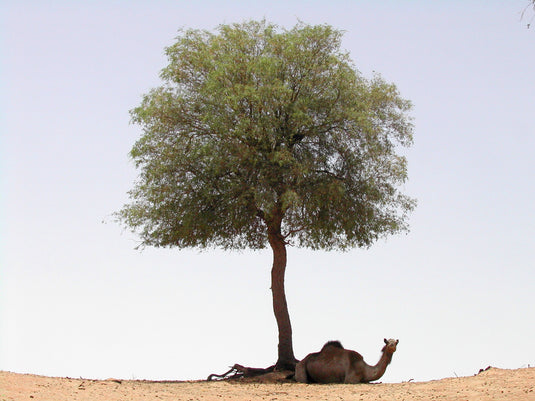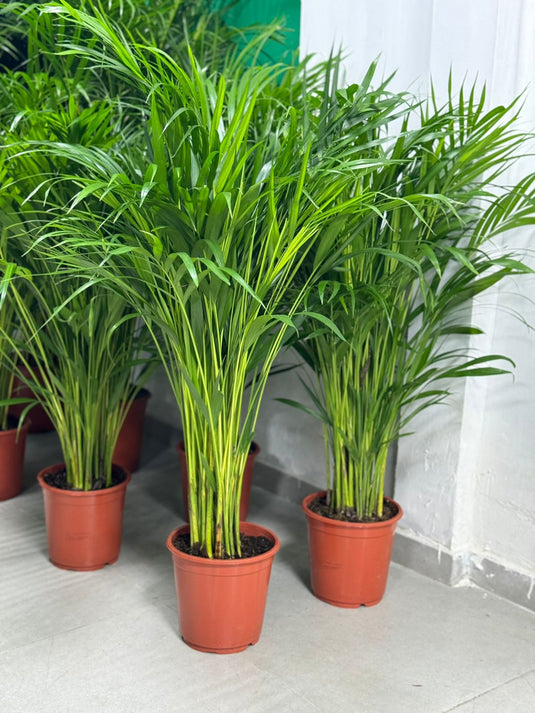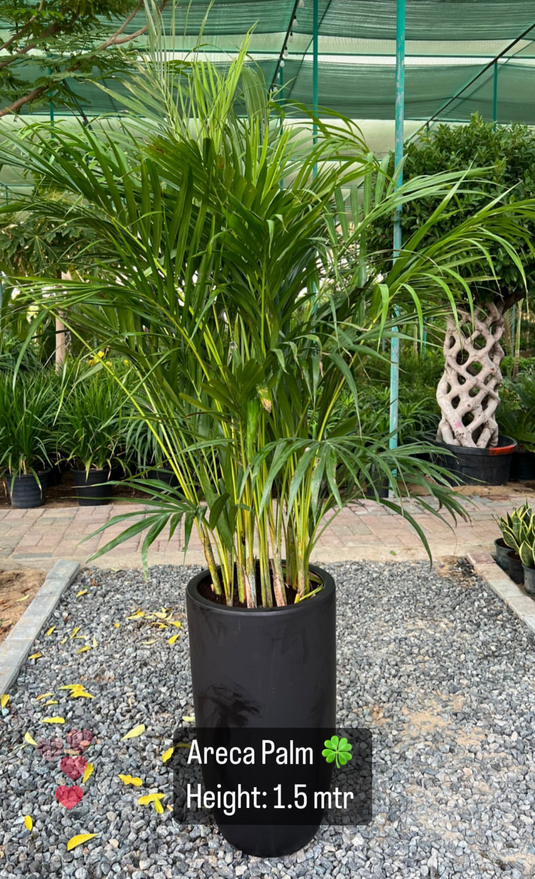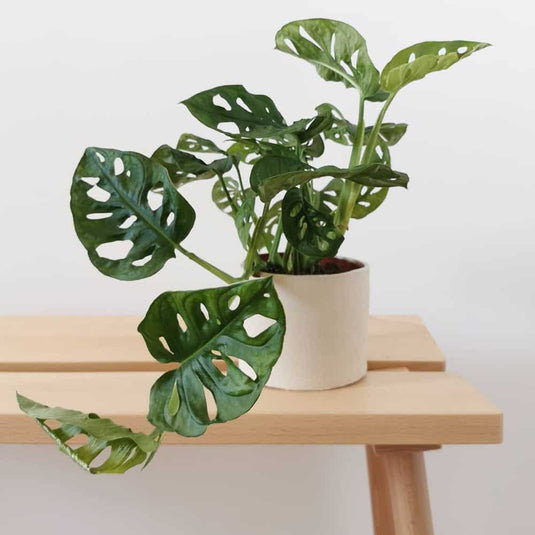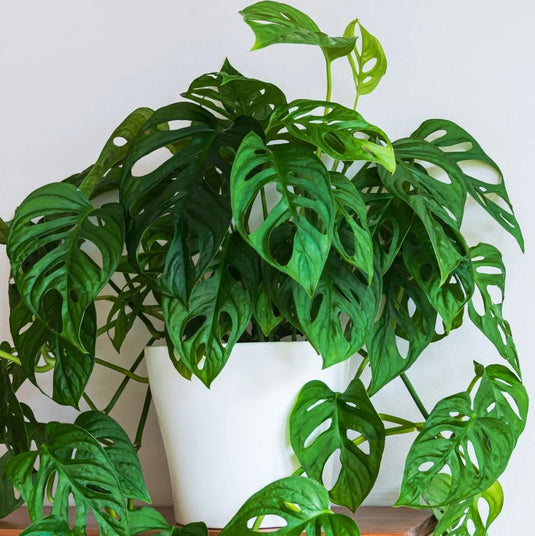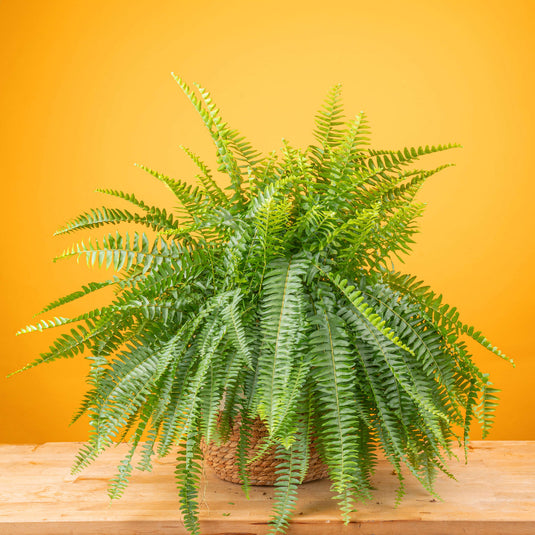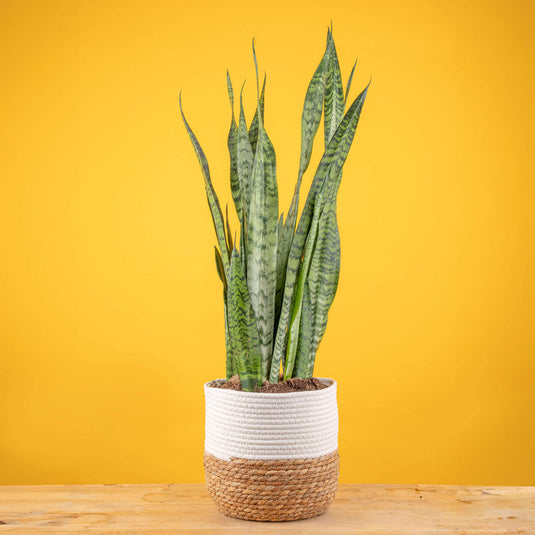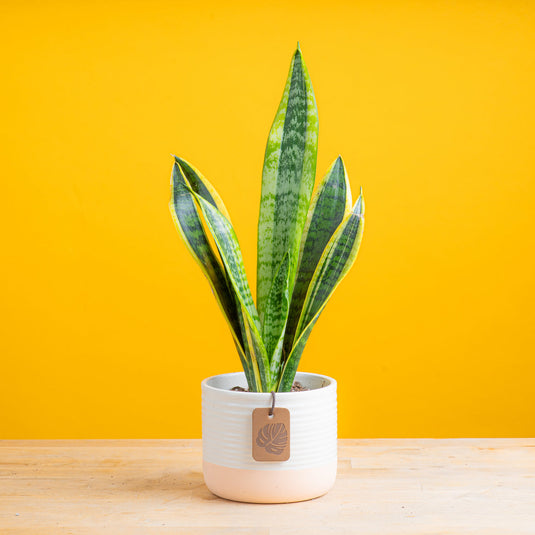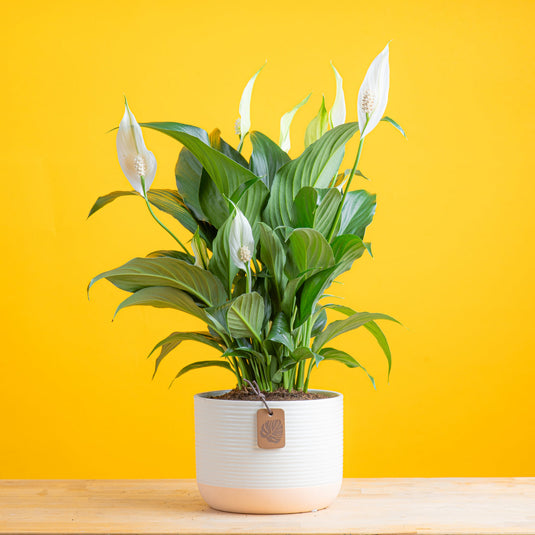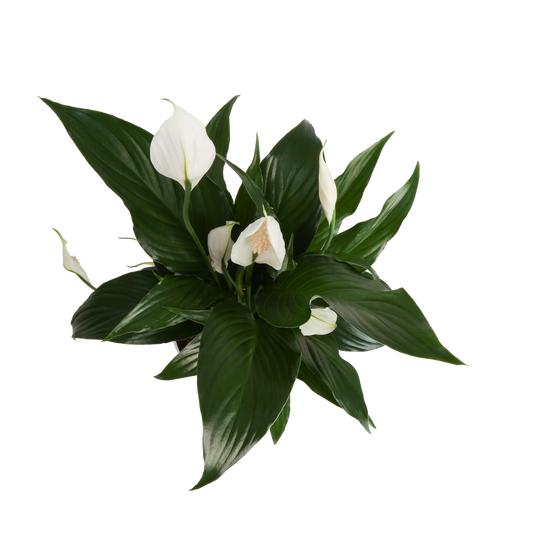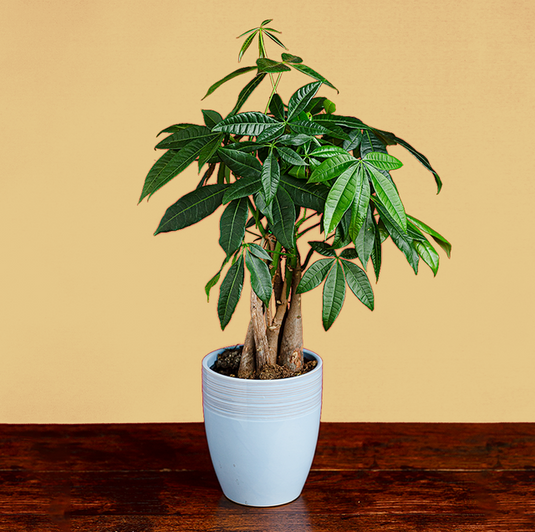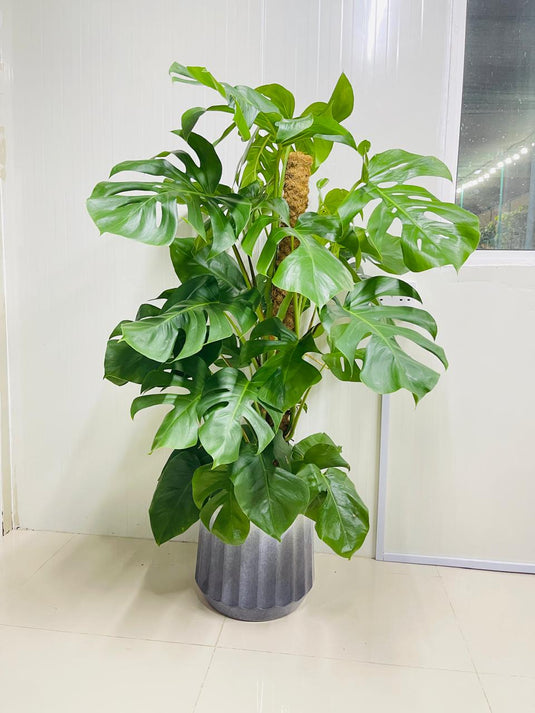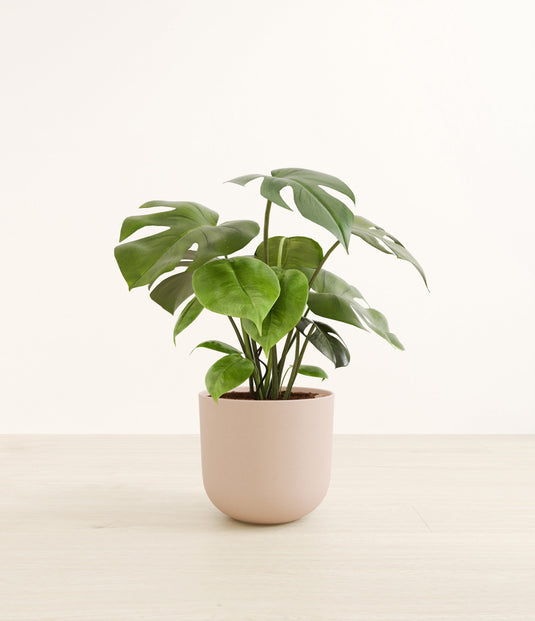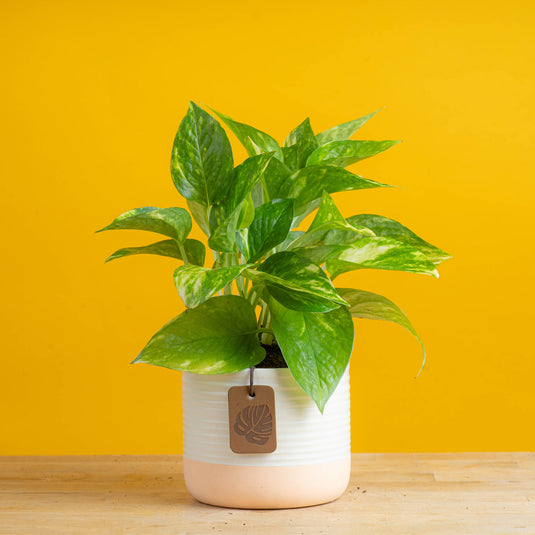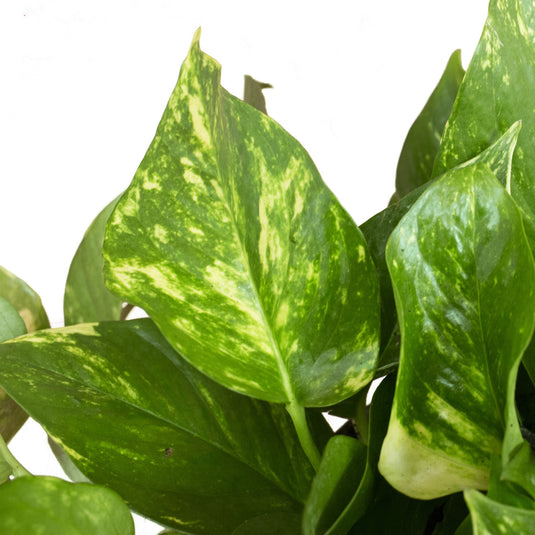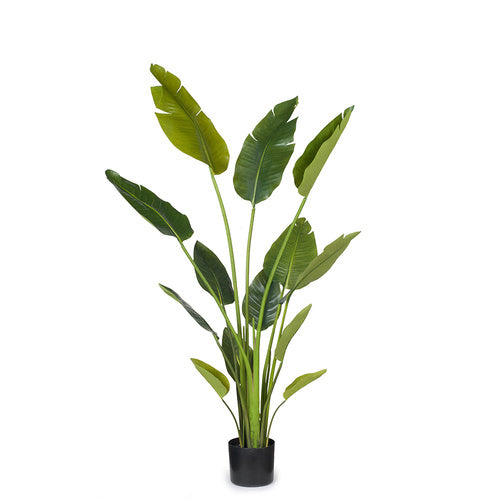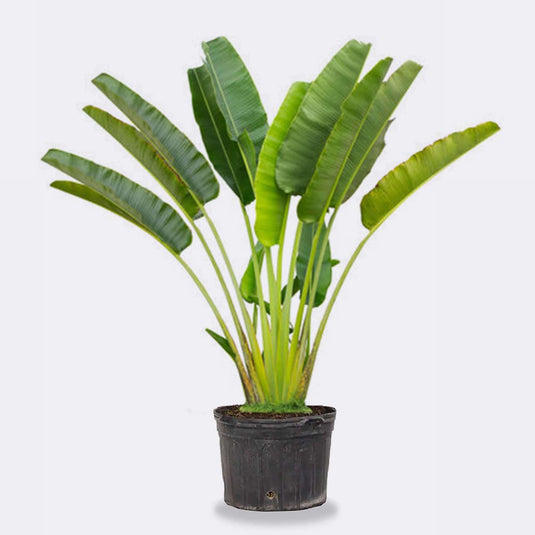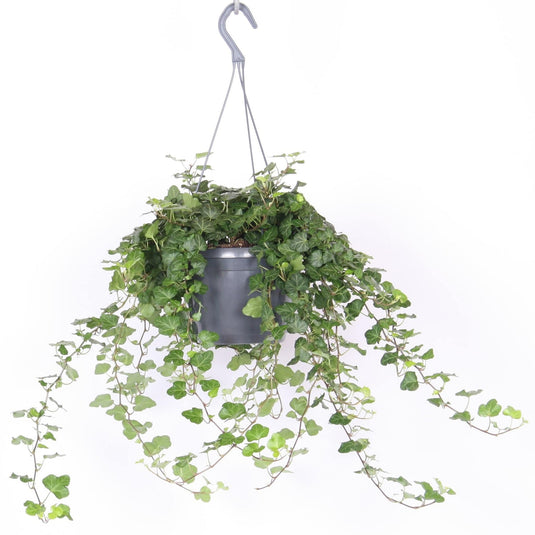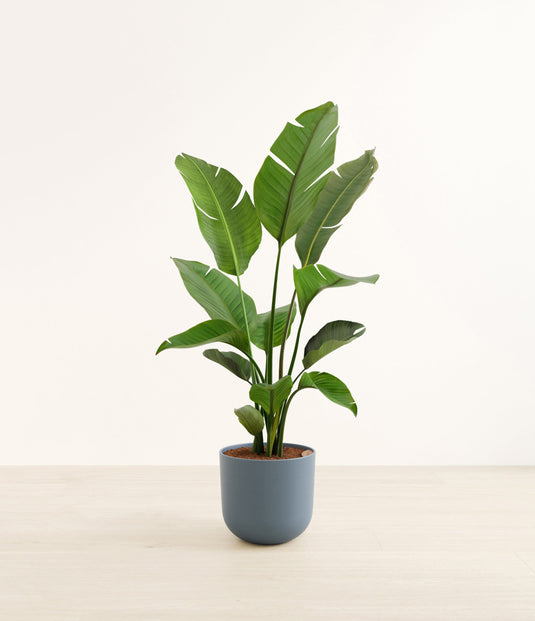Ghaf Tree
- Healthy Arrival Guarantee
- Free Plant Care Consultation
- Safe & Secure Payment

We will send you a notification as soon as this product is available again.
-
Estimated delivery: Nov 03 - Nov 07
-
Free return within 7 days of purchase.
Plant Description
The Ghaf Tree is a drought-resistant tree native to arid regions, particularly in the Arabian Peninsula. Known for its ecological significance. The global market for sustainable forestry and tree cultivation is expected to reach approximately $200 billion by 2030.
5 Unexpected Benefits of Ghaf Tree for Spaces
1. Drought Resistance
The Ghaf Tree is well-adapted to arid climates, making it an excellent choice for afforestation in dry regions. Studies indicate that its deep root system allows it to thrive with minimal water (Al-Hosni et al., 2020).
2. Soil Improvement
Ghaf trees enhance soil quality by preventing erosion and improving nutrient content through their leaf litter. Research shows that their presence can increase soil organic matter, benefiting surrounding flora (Al-Bakri et al., 2021).
3. Biodiversity Support
The Ghaf Tree serves as a habitat for various wildlife species, promoting biodiversity in desert environments. Its ability to provide shade and shelter is essential for the survival of many organisms (Al-Malki et al., 2019).
4. Carbon Sequestration
Ghaf Trees play a role in carbon capture, helping mitigate climate change. Studies suggest that planting these trees can significantly reduce atmospheric carbon dioxide levels (El-Azabi et al., 2022).
5. Economic Benefits
The cultivation of Ghaf Trees can provide economic opportunities through timber production, fodder for livestock, and ecotourism. This creates jobs and supports local communities in arid regions (Al-Zahrani et al., 2020).
Disadvantages
- Ghaf Trees grow slowly, requiring patience for significant environmental impact, although their longevity compensates for this aspect.
- While well-suited for arid environments, the Ghaf Tree may not thrive in regions with high rainfall, limiting its application.
- Regular maintenance may be necessary to ensure optimal growth and health, although this fosters sustainable practices in local ecosystems.
- Ghaf Trees may attract certain pests, necessitating careful monitoring, which can promote biodiversity management strategies.
Frequently Asked Questions
1. Is the Ghaf Tree drought-resistant?
Yes, the Ghaf Tree is highly drought-resistant and thrives in arid conditions.
2. Does it improve soil quality?
Yes, Ghaf Trees enhance soil quality by preventing erosion and increasing organic matter.
3. Can it support biodiversity?
Yes, the Ghaf Tree provides habitat and support for various wildlife species.
4. Does it contribute to carbon sequestration?
Yes, Ghaf Trees play a significant role in capturing atmospheric carbon dioxide.
5. Is it economically beneficial?
Yes, the cultivation of Ghaf Trees can provide economic opportunities for local communities.
Final Verdict: Should I Buy a Ghaf Tree?
Yes, investing in a Ghaf Tree can provide numerous environmental and economic benefits, particularly in arid regions.
Plant Care
Watering
Water your plant once a week or when the soil starts to feel slightly dry on the surface. Keep the soil consistently moist, but be careful not to overwater, as this can cause brown spots and leaf drop. If the leaves become curly or dry, it's a sign that the plant needs water. It's best to water your plant in the early morning or late evening when the temperatures are cooler. Always check the soil before watering.
Light
Provide bright indoor light or indirect sunlight for about 6 to 8 hours a day.
Temperature
Maintain temperatures between 18°C and 24°C. Avoid exposing the plant to drafts, as these can cause undesirable temperature fluctuations. Mist the plant occasionally, about twice a week, to help maintain optimal humidity levels.
Fertilizer
Apply liquid fertiliser every 15 days when the plant is actively growing. For best results, use Folikraft ready-to-use Indoor Plant Food.
